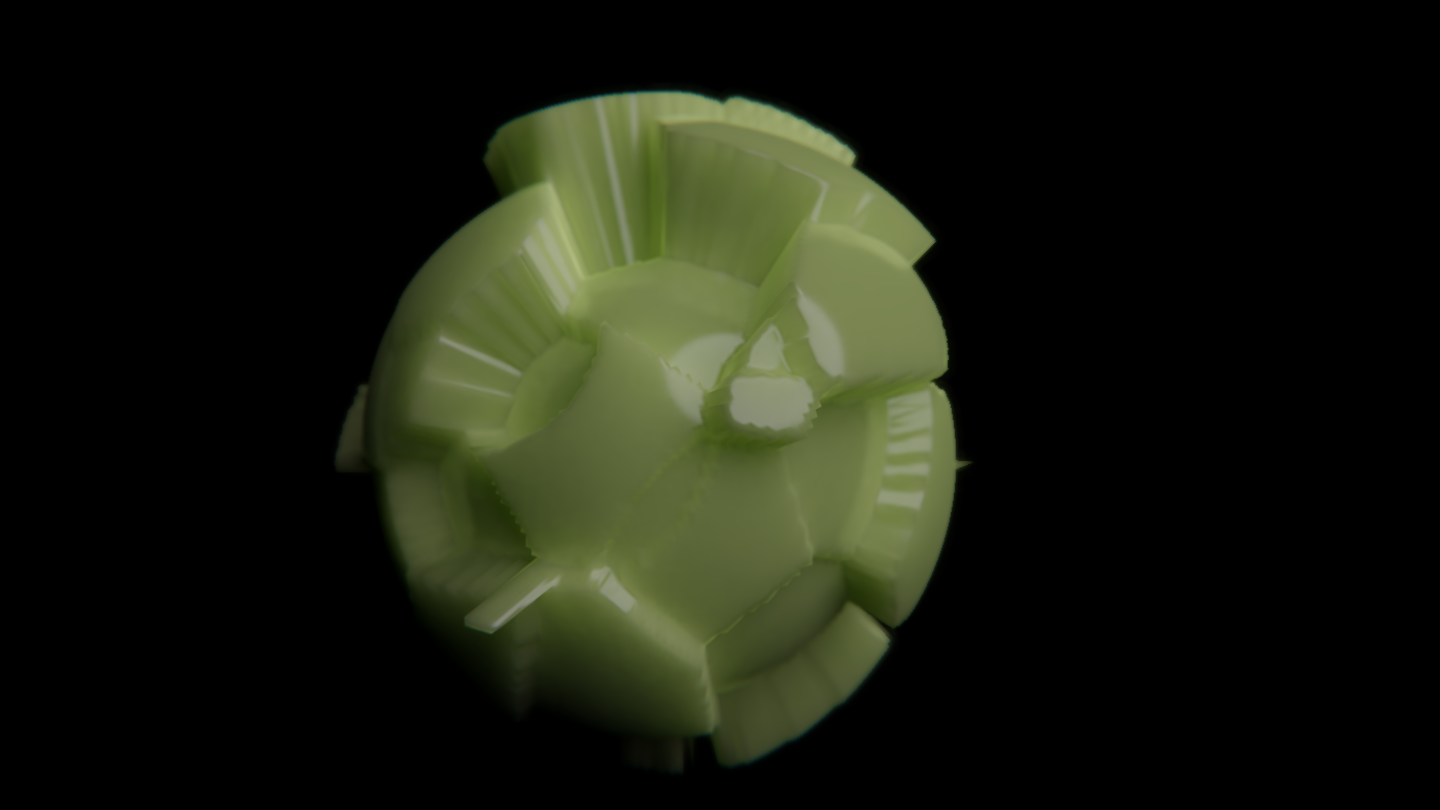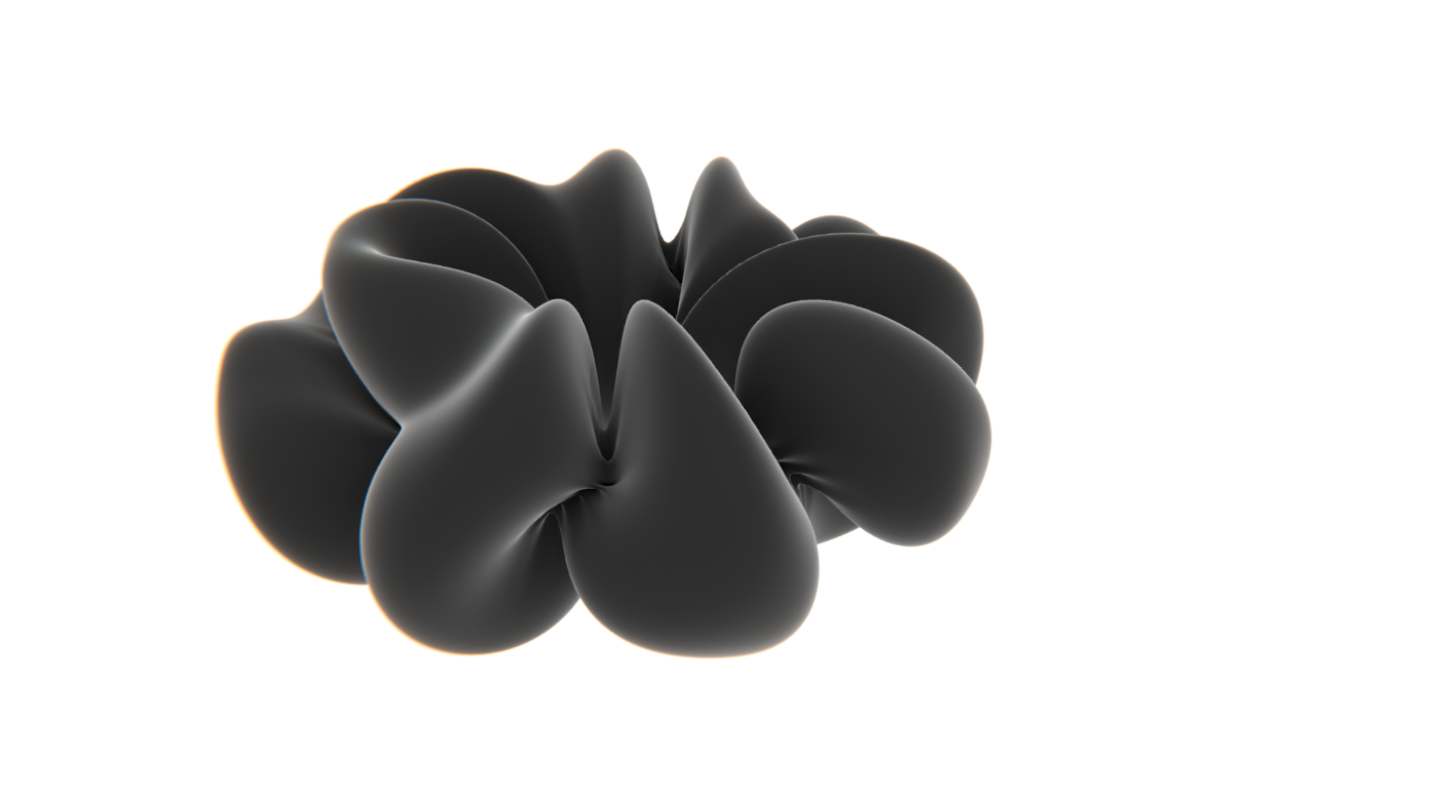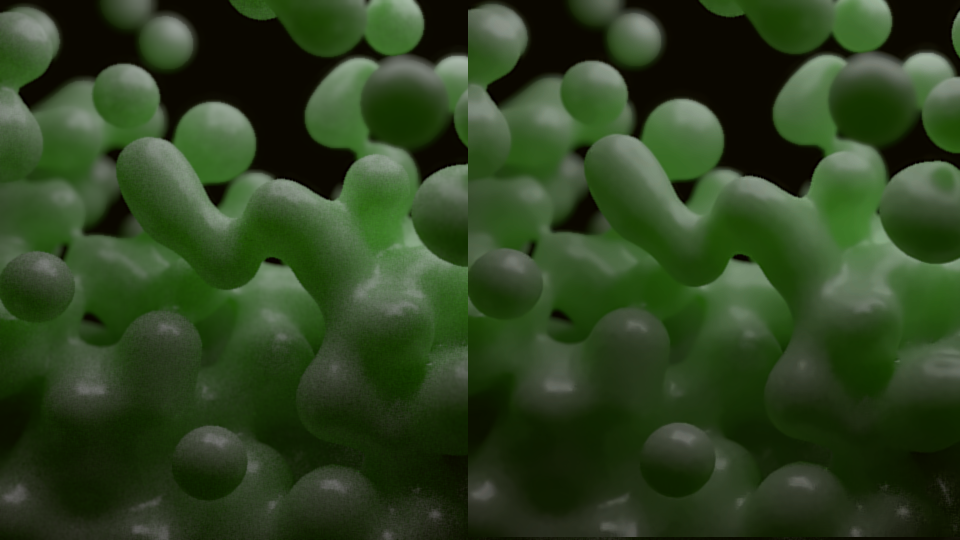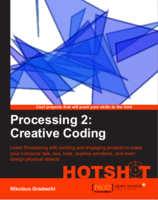blender denoiser experiment: subsurface shader
I made a new Blender Experiment to explore the possibilities and limits of the new blender denoise function. This time I tested the denoiser on a material using a subsurface shader node in combination with a pretty low sample number, because the subsurface node in a material creates very noisy images and increases render time a lot
Result
you can download the blend file here

Explanation
For this experiment I creatd a simple is-sphere and added a voronoi texture as the displacement texture to make the object a bit more interesting. The material was created using the new cycles Principled BSDF node.
read more ...microdisplacement denoise test
I wanted to test the limits of the new blender denoise function so I used a very detailed texture with lots of sharp edges for microdisplacement.
you can download the blend file here

blender 2.79 denoise test
I used this render to test the new denoise function in blender - I rendered the animation with 24 samples.
you can download the blend file here - to run it you have to use a blender 2.79 build, the denoiser is not available in 2.78.

denoising blender animations with opencv and python
Nikos Priniotakis posted a teaser of a denoising script for blender animations a few months ago, that shows really impressive improvements on a noisy cycles animation (see his original tweet here) I sent some twitter messages back and forth with him and he sent me the links to the opencv denoise function he used for the demo. So I finaly found the time to wirte a short python script that uses pyopencv to denoise all the pictures in a folder and copies it to another folder.
The script I used to denoise my animation is here
import cv2
import os
import numpy as np
from matplotlib import pyplot as plt
files = os.listdir("metabubbles/")
for f in files:
if f.endswith('.png') and f.startswith('0'):
print f
img = cv2.imread("metabubbles/%s" %f);
dst = cv2.fastNlMeansDenoisingColored(img)
cv2.imwrite('res/%s' %f, dst);
The denoising process is no magical pixiedust that can be sprinkled on your noisy cycles-renders to fix everything but when used correcly it can improve preview renders a lot, but if the script is used on an image sequence that is too noisy it introduced a whole lot of new artifacts. I used the script on an amiation I rendered last year. Here is how the original video compares to the denoised version.





